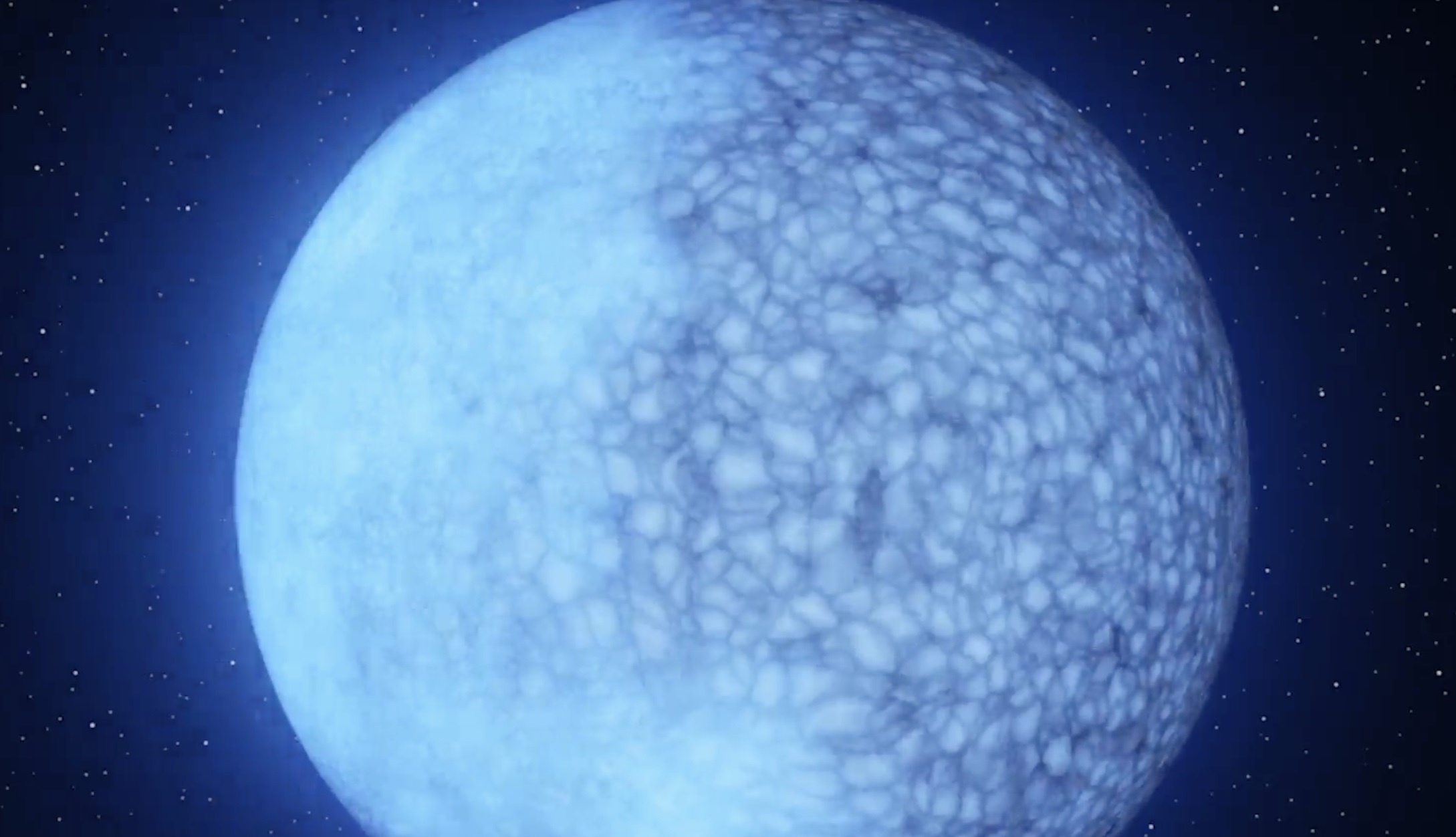21.07.2023

White dwarf nicknamed Janus could be in transition from one element dominating at its surface to the other
Astronomers have discovered a two-faced star and are baffled by its bizarre appearance.
The white dwarf appears to have one side composed almost entirely of hydrogen and the other side made up of helium. It is the first time that astronomers have discovered a lone star that appears to have spontaneously developed two contrasting faces.
“The surface of the white dwarf completely changes from one side to the other,” said Dr Ilaria Caiazzo, an astrophysicist at Caltech who led the work. “When I show the observations to people, they are blown away.”
The object, which is more than 1,000 light years away in the Cygnus constellation, has been nicknamed Janus, after the two-faced Roman god of transition, although its formal scientific name is ZTF J203349.8+322901.1. It was initially discovered by the Zwicky Transient Facility (ZTF), an instrument that scans the skies every night from Caltech’s Palomar Observatory near San Diego.
Caiazzo was searching for white dwarfs and one candidate star stood out due to its rapid changes in brightness. Further observations revealed that Janus was rotating on its axis every 15 minutes. Spectrometry measurements, which give the chemical fingerprints of a star, showed that one side of the object contained almost entirely hydrogen and the other almost entirely helium.
If seen up close, both sides of the star would be bluish in colour and have a similar brightness, but the helium side would have a grainy, patchwork appearance like that of our own sun, while the hydrogen side would appear smooth.
The star’s two-faced nature is difficult to explain as its exterior is made of swirling gas. “It’s hard for anything to be separated,” Caiazzo said.
One explanation is that Janus could be undergoing a rare transition that has been predicted to occur during white dwarf evolution.
White dwarfs are the simmering remains of stars that were once like our sun. As the stars age, they puff up into red giants. Eventually, the fluffy outer material is blown away and the core contracts into a dense, fiery, hot white dwarf with roughly the mass of our sun while being only the size of Earth.
The star’s intense gravitational field causes heavier elements to sink to the core and the lighter elements to float, creating a two-tier atmosphere of helium below, topped with a thin layer of hydrogen (the lightest element). When the star cools below about 30,000C (54,032F), the thicker helium layer begins to bubble, causing the outer hydrogen layer to get mixed in, dilute and disappear from view.
“Not all but some white dwarfs transition from being hydrogen- to helium-dominated on their surface,” Caiazzo said. “We might have possibly caught one such white dwarf in the act.”
If so, the scientists believe that an asymmetric magnetic field could be causing the transition to occur in a lopsided way. “If the magnetic field is stronger on one side, it could be limiting convection [bubbling in the helium layer],” Caiazzo said. “On the other side, convection could be winning out and so the hydrogen layer has been lost.”
The findings are published in the journal Nature.
Quelle: The Guardian

